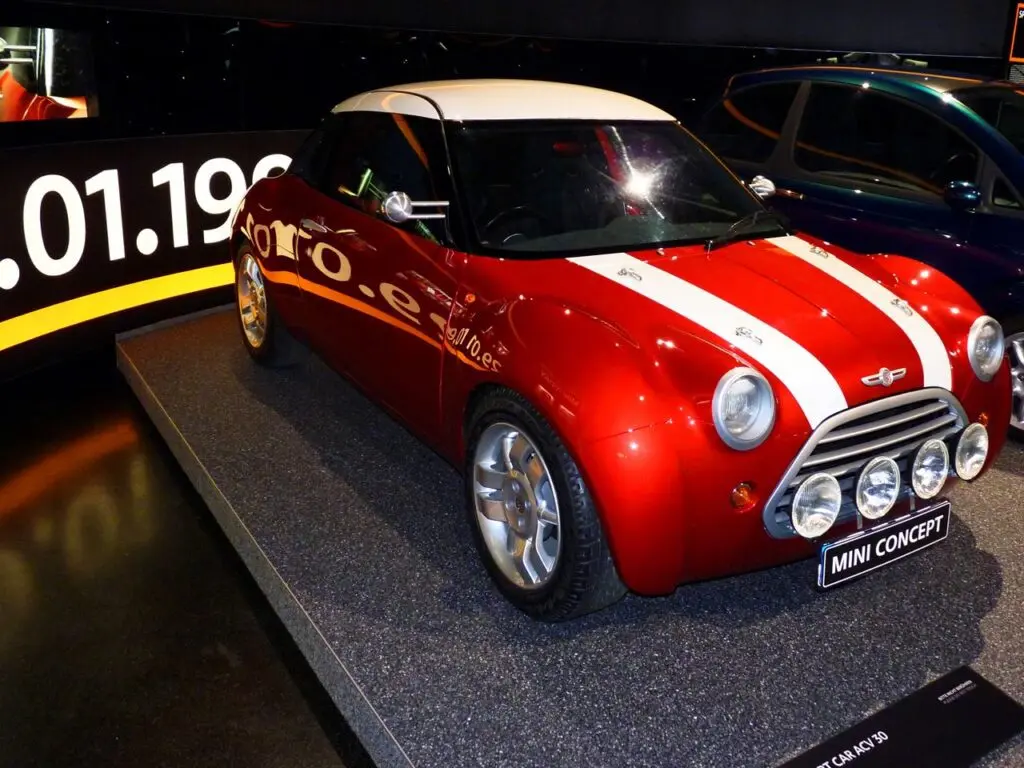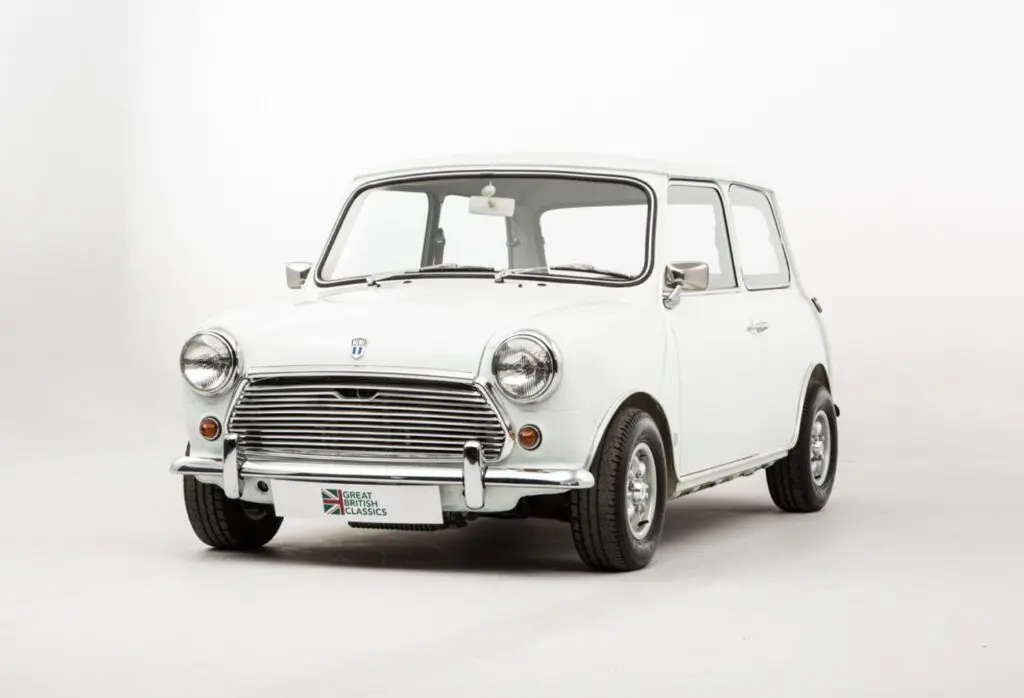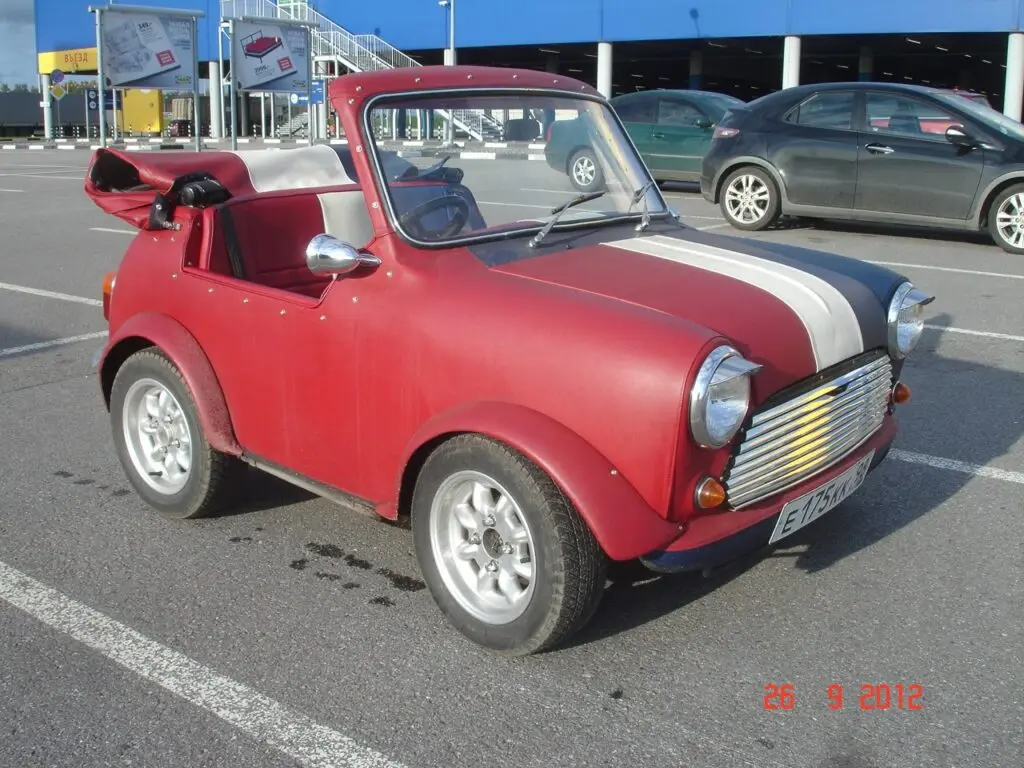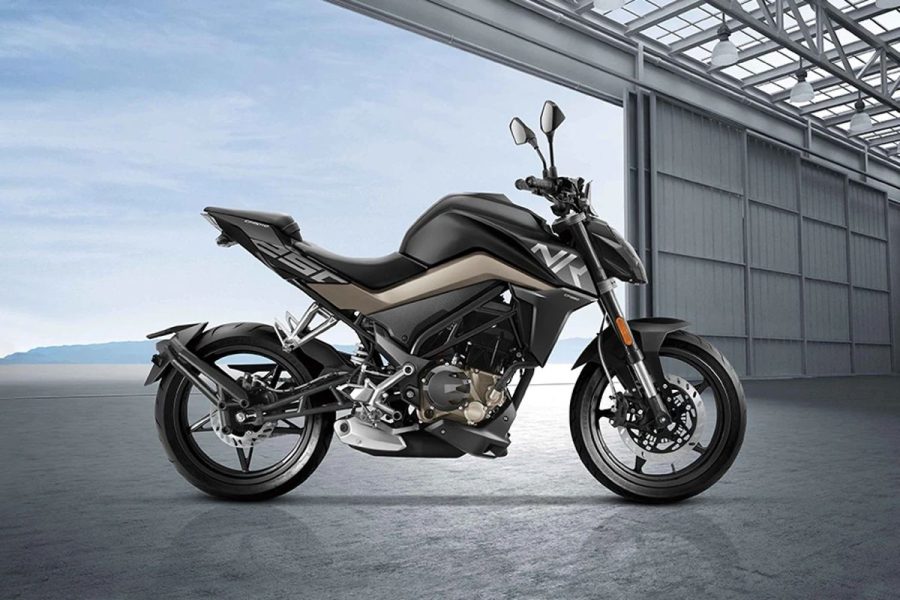
History of the MINI car brand
The history of the MINI car brand is a story about how long and difficult way one car concern can go in the long way of its formation. The MINI itself is a series of subcompact sedans, hatchbacks and coupes. Initially, the idea for the development and production of MINI is assigned to a group of engineers from the British Motor Corporation. The development of the idea and concept, as well as the car as a whole, dates back to 1985. These cars took the deserved second place according to the results of the survey of hundreds of world experts "The best car of the XX century."
Founder


Leonard Percy Lord, 1st Baron Lambury KBE Born in 1896, was a prominent figure in the British auto industry. He graduated from school with an impressive technical bias, but at the age of 16 he was forced to go free swimming after the loss of his father.
At this time, Lord began to actively apply the technical knowledge gained at the school, and already in 1923 he came to Morris Motors Limited, where he helped to optimize all stages of the production process. In 1927, when Morris acquired the rights to manage Wolseley Motors Limited, Leonard was transferred there to improve his technical equipment and processes. Already in 1932, he was appointed general manager at Morris Motors. Just a year later, in 1933, thanks to his efficiency, Leonard Lord received the position of managing director of the entire Morris Motors Limited company and soon became a titled multimillionaire.
In 1952, the long-awaited for Lord merger of two firms - his own firm Austin Motor Company and Morris Motors, of which he was director in the 30s - takes place. At the same time, a new firm, British Motor Corporation, entered the UK car market. The Suez crisis that broke out in those years was associated with interruptions in the supply of oil. It becomes clear that fuel prices could also change.
The current situation forces Lord to create a subcompact car, while compact and roomy.
In 1956, the British Motor Corporation, led by Leonard Lord, selected a group of eight people to create the smallest car of the time. Alec Issigonis was appointed head of the group.
The project was given the name ADO-15. One of the development goals of this car was the spaciousness of the trunk and the comfortable sitting of four people.
By 1959, the first working model, The Orange Box, had been rolled off the assembly line. In May, the conveyor production of the first line was launched.
In total, it took over two and a half years to create the first cars in the MINI range. During this time, British Motor Corporation has prepared many new sites and purchased a sufficient amount of equipment for the production of cars of the new brand. The engineers applied the most advanced technologies and carried out a lot of additional tests.
Emblem

The history of the emblem of the MINI automobile brand has changed along with the owners of automobile concerns. While car factories were merged, new corporations were formed, and the logo changed.
The first emblem of the MINI car brand was in the form of a circle, from which two stripes resembling wings extended to the sides. The name Morris was inscribed in one wing, and Cooper in the other. The corporate logo was placed in the center of the emblem. Over the years, combinations of the names Morris, Cooper and Austin have periodically changed each other, combined in the emblem of the auto brand. The concept of the logo has also changed several times. At first these were the wings extending from the circle. Later, the emblem took the form of a stylized shield with the MINI wordmark.

We are now seeing the latest modification of the logo. It features “MINI” lettering in capital letters flanked by modern fenders. The logo has an understandable meaning. It means speed and freedom, with a miniature car build. It is sometimes called the "winged wheel".
The last logo update took place in 2018. Since then, it has remained unchanged, however, modern brand owners are talking about a new change of the emblem.
Vehicle history in models




The first MINI lines were assembled in Oxford and Birmingham. They were Morris Mini Minor and Austin Seven. The export of cars took place under other names related to the approximate engine size. Abroad, these were the Austin 850 and Morris 850.
The first test drives of the MINI showed the developers the lack of waterproofing. All found defects were found and corrected by the plant. By 1960, more than two and a half thousand cars were produced every week. The company is soon releasing new modifications: Morris Mini Traveler and Austin Seven Countryman. Both of them were conceived as a sedan, but remained the same subcompact.

In 1966, the British Motor Corporation and Jaguar merged to form British Motor Holdings. The management immediately announced the layoff of more than 10 workers. This was due to increased control over the company's expenses.
Towards the end of the sixties, the Austin Mini Metro appears and gains popularity. Also, this model became famous under the name Mini Shortie. This name was due to the fact that the model had a short base. The creators did not plan to make this car for mass sale. The purpose of Mini Shortie was an advertisement and marketing ploy. They were produced only in a "convertible" body, had a 1,4-liter engine and did not accelerate faster than up to 140 km / h. There were only about 200 cars produced, and only a few of them had a hard roof and doors. All "convertibles" had no doors, so you had to jump into them over the sides.
A part of MINI cars was developed and produced at various factories of the company, which were located in Spain, Uruguay, Belgium, Chile, Italy, Yugoslavia, etc.
In 1961, a famous engineer from the Cooper team that competed in Formula 1 became interested in the Mini Cooper line. He came up with the idea to improve the car by putting an engine with increased power under the hood. With its controllability and maneuverability, the reinforced engine should have made the car unrivaled.
And so it happened. The updated Mini Cooper S model already in 1964 became the leader of world racing - Rally Monte Carlo. For several more years in a row, the teams participating in this model won prizes. These machines were second to none. In 1968, there was a final race, which crowned the prize.
In 1968, another merger takes place. British Motor Holdings merges with Leyland Motors. This merger forms the British Leyland Motor Corporation. In 1975 she was given the name Rover Group. In 1994, BMW bought out the Rover Group, after which, in 2000, the Rover Group was finally canceled. BMW retains ownership of the MINI brand.
After all the mergers, the engineers of the concern are actively developing cars that are as similar as possible to the original classic MINI model.
Only in 1998, Frank Stevenson develops and produces Mini One R50 already at BMW factories. The last car of the original Mini Mark VII line was discontinued and placed in the British Motor Museum.
In 2001, the development of MINI cars began at BMW factories with the MINI Hatch model. In 2005, the company increases its budget in order to increase the flow of cars produced at the Oxford plant.
In 2011, two more new models of the MINI automobile brand were announced. New items were developed on the basis of their outdated, but relevant relatives - Mini Paceman.
In our time, the development of an electric car of the MINI brand is underway at the famous plant in Oxford. This was announced in 2017 by the BMW concern.
Questions and answers:
Who makes the Mini Cooper? Mini was originally a native British car manufacturer (founded in 1959). In 1994 the company was taken over by the BMW concern.
What are Mini Coopers? The British brand is distinguished by the authenticity that can be seen in all models. The company produces convertibles, station wagons and crossovers.
Why is Mini Cooper called that? The word Mini emphasizes minimalism in the dimensions of the car, and Cooper is the name of the founder of the company (John Cooper), who produced compact racing cars.
